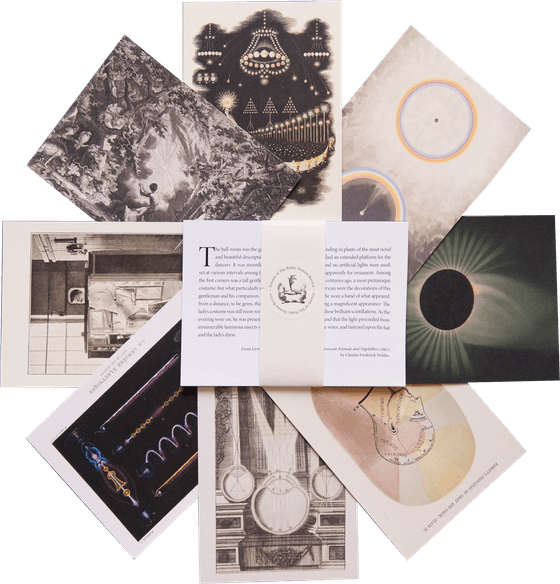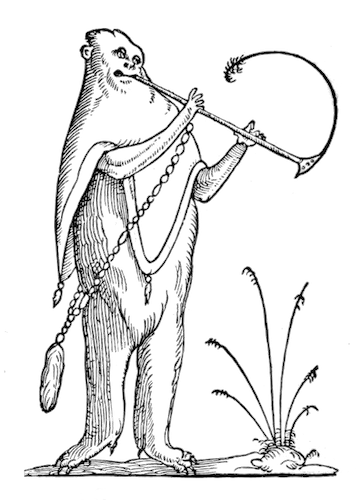
Ernst Haeckel’s Radiolaria (1862)
According to Wikipedia Radiolaria are "protozoa of (diameter 0.1–0.2 mm) that produce intricate mineral skeletons, typically with a central capsule dividing the cell into the inner and outer portions of endoplasm and ectoplasm. They are found as zooplankton throughout the ocean, and their skeletal remains make up a large part of the cover of the ocean floor as siliceous ooze." In 1862 the German biologist, philosopher and artist Ernst Haeckel published an image laden monograph on these microscopic organisms, turning his eye and exquisite line to their intricate and varied forms.
In addition to creating beautiful art, Haeckel held and promoted disturbing theories on race and eugenics. You can read more about this darker side to Haeckel in Bernd Brunner's essay "Human Forms in Nature". Also read about Haeckel's role in one of science's great controversies in Nick Hopwood's "Copying Pictures, Evidencing Evolution".
Sep 19, 2013






